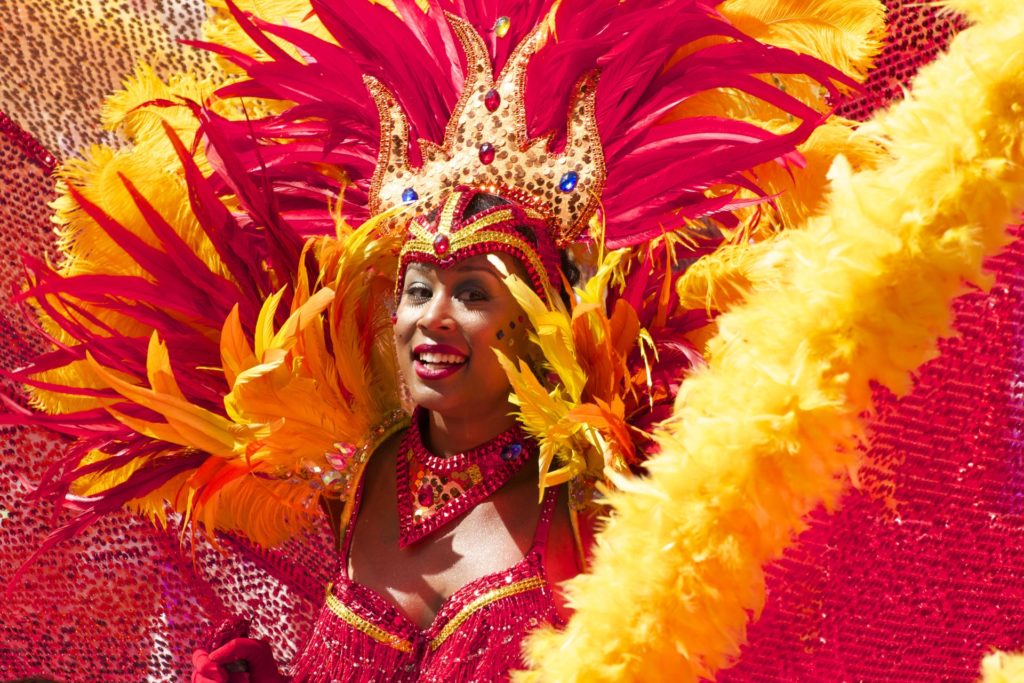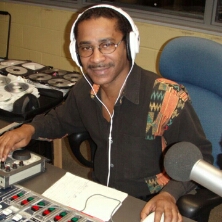Music
Caribbean Music
The Transatlantic Slave trade, which lasted from the 16th to 19th centuries (300 years), found millions of people taken from their homes in central and western Africa and shipped across the ocean to slave in the Caribbean, North, Central and South America.
Toiling as unpaid laborers on Sugar, Coffee, Cocoa and Cotton plantations, in Gold and Silver mines, and as servants in houses, these enslaved people took with them the rich and vibrant cultural traditions of their homelands.
Over time, slavery ended and governments changed hands, these cultures began to blend with that of their colonial rulers (the English, French, Spanish, Dutch and Portuguese). In some cases, the slave incorporated influences from the native Arawak Indian.
Calypso, was used as a way to eas the woes of the oppressed and as a means of communication amongst slaves. Calypso music’s traces back to Africa and incorporates vocals to create a harmonized melody, with soulful intonations similar to those of the African spirituals sung during the days of African slavery.
The slaves adopted traditions related to griot court singing, a West African tradition in which the singers are storyteller. Calypso features a steady rhythm, elements of call-and-response (where two groups or individual voices comment back and forth) and improvised verses. It’s often satirical, commenting on people or current events. Calypso is part of Carnival and during the Carnival season competitive Calypso tents feature rival singers.
Soca is a form of Calypso, it is a rhythmical fusion of soul and calypso. Originating in Trinidad and Tobago in the 1970s. Soca music combines Funk, Soul, and Calypso that created a new style of music. Credited with the inspiration for Soca is Trinidadian-native Garfield Blackman (Lord Shorty), who combined traditional Calypso music with Indo-Caribbean music in the 1960s, a fusion that led to the Soca nearly a decade later. Early Soca is characterized by the use of Indian instruments such as the Dholak, Tabia, Dhantal and Tassa beat (are types of Indian percussion instruments), as well as trombones, trumpets, with Calypso lyrics and vocals.
Steel Pan music is another style developed out of necessity to overcome oppression. The drums have always been an important part of African rituals, but when both cloth and bamboo drums were banned by the government of Trinidad in the 1930s, the people improvised, banging their traditional rhythms out on steel oil drums. By the 1940s, a steel drum specifically for making music was developed. The playing surface of the Steel Pan drum was pounded into a concave shape to produce different tones when hit with a stick. Musicians who play steel drums are called Pannists.
Ska In the late 1950s, Ska developed out of calypso and rhythm and blues. It features an upbeat tempo, aggressive use of horns, vocal harmonies, and staccato riffs. Ska music came into being as African music and American blues and jazz blended in Jamaica. As these styles began to blend, musicians discovered that the upbeat, tropical sounds mixed with enthusiastic horns and the low notes of the bass guitar were not contradictory at all, but actually sounded great together. Ska continued to evolve and began to be produced at a slower tempo, with the focus being on the bass, and guitar solos. This music became Rocksteady.
Reggae acquired its roots in traditional Mento, Ska, and Rocksteady and developed in late 1960’s, with its characteristic one-drop rhythm and largely conscious and spiritual lyrics.
The word Reggae is a corruption of the Jamaica word for ragged clothing, Reggae slowed the tempo from ska, but also absorbed characteristics of New Orleans rhythm and blues. It also gave the bass a more prominent role with a heavy back beat. Sometimes the words are spoken in a patois, or a Creole dialect (again, tracing back to slavery and colonialism.
Latin Musicis also popular throughout the islands. Much of the Caribbean’s Latin styles have their roots in Cuba, Puerto Rico, and the Dominican Republic. Musical styles such as the Rumba, Meringue, Mambo, Salsa and Reggaeton originated on these islands. Caribbean’s Latin people that brought the danceable Salsa and Meringue music to life.
Zouk In the mid-1980s, Zouk music was created and made popular by the French Antilles band Kassav’, The Zouk music incorporates a traditional rhythm section of drums and bass with synthesizers and “shakers,” making the music more fun, upbeat, and celebratory – after all, “Zouk” means “party” in Creole French, the language predominantly spoken in the French Antilles.

Carnival
is

Barry Johnson
At CKLN Studio from back in the day